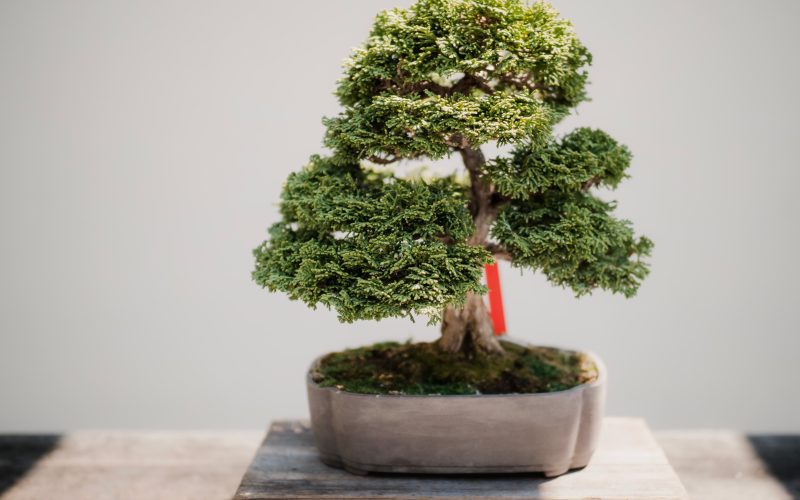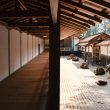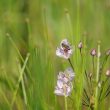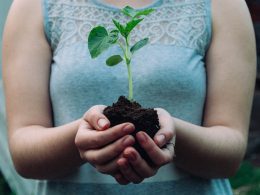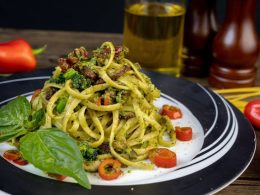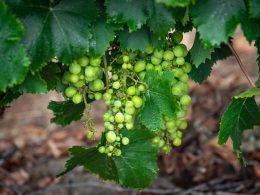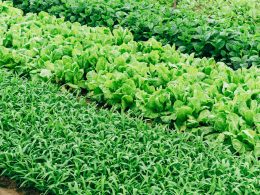Creating a vibrant and flourishing butterfly and bee garden not only adds beauty to your outdoor space but also helps support essential pollinators. By selecting the right plants, you can attract a wide variety of butterflies and bees, contributing to the overall health of your local ecosystem. Here are ten must-have plants to consider for your butterfly and bee garden:
- Butterfly Bush (Buddleja davidii) Known for its ability to attract butterflies with its fragrant flowers, the butterfly bush is a must-have for any butterfly garden. Its long blooming period and colorful blossoms make it a popular choice. Be sure to choose sterile cultivars to prevent invasive spreading.
- Purple Coneflower (Echinacea purpurea) The purple coneflower is a native perennial that attracts both butterflies and bees. Its vibrant purple petals and cone-shaped center provide nectar and pollen, making it a valuable food source. Additionally, birds are also known to feed on its seed heads.
- Milkweed (Asclepias) Milkweed is a vital plant for monarch butterflies as it serves as the sole food source for their caterpillars. By planting different species of milkweed, you can support monarch populations throughout their life cycle. Common milkweed (Asclepias syriaca) and butterfly milkweed (Asclepias tuberosa) are excellent choices.
- Black-eyed Susan (Rudbeckia hirta) With its bright yellow petals and dark center, the black-eyed Susan is not only aesthetically pleasing but also attracts a variety of butterflies and bees. This hardy perennial blooms throughout the summer and is a valuable source of nectar.
- Bee Balm (Monarda) Bee balm, also known as bergamot or wild Oswego tea, is a favorite among both bees and butterflies. Its vibrant flowers in shades of red, pink, and purple produce copious amounts of nectar. Bee balm is also known for its aromatic foliage, making it an excellent addition to any garden.
- Liatris (Liatris spicata) The tall, spiky flowers of liatris, also called blazing star, provide a unique visual element to your garden while attracting butterflies and bees. Their dense clusters of vibrant purple flowers bloom from top to bottom, offering an abundant nectar source.
- Zinnia (Zinnia elegans) Zinnias are popular annual flowers known for their bright and showy blooms. Available in various colors, they attract a wide range of pollinators, including butterflies and bees. Their long-lasting flowers make zinnias a delightful addition to any garden.
- Joe-Pye Weed (Eupatorium purpureum) Joe-Pye weed is a native perennial that produces large clusters of mauve-pink flowers. These flowers are highly attractive to butterflies and bees, and their blooming period extends from mid-summer to early fall, providing a reliable food source.
- Salvia (Salvia spp.) Salvia, also known as sage, comes in many species and cultivars, each with its unique colors and characteristics. Bees and butterflies are particularly drawn to its vibrant flowers, which are rich in nectar. Choose from a variety of salvias to add diversity to your garden.
- Lantana (Lantana camara) Lantana is a versatile flowering plant that attracts butterflies with its clusters of brightly colored flowers. These flowers change hues as they mature, providing an array of colors in your garden. Lantana is known to bloom continuously throughout the summer, ensuring a consistent nectar source.
Remember to select a variety of plants that bloom at different times to provide a continuous supply of nectar and





